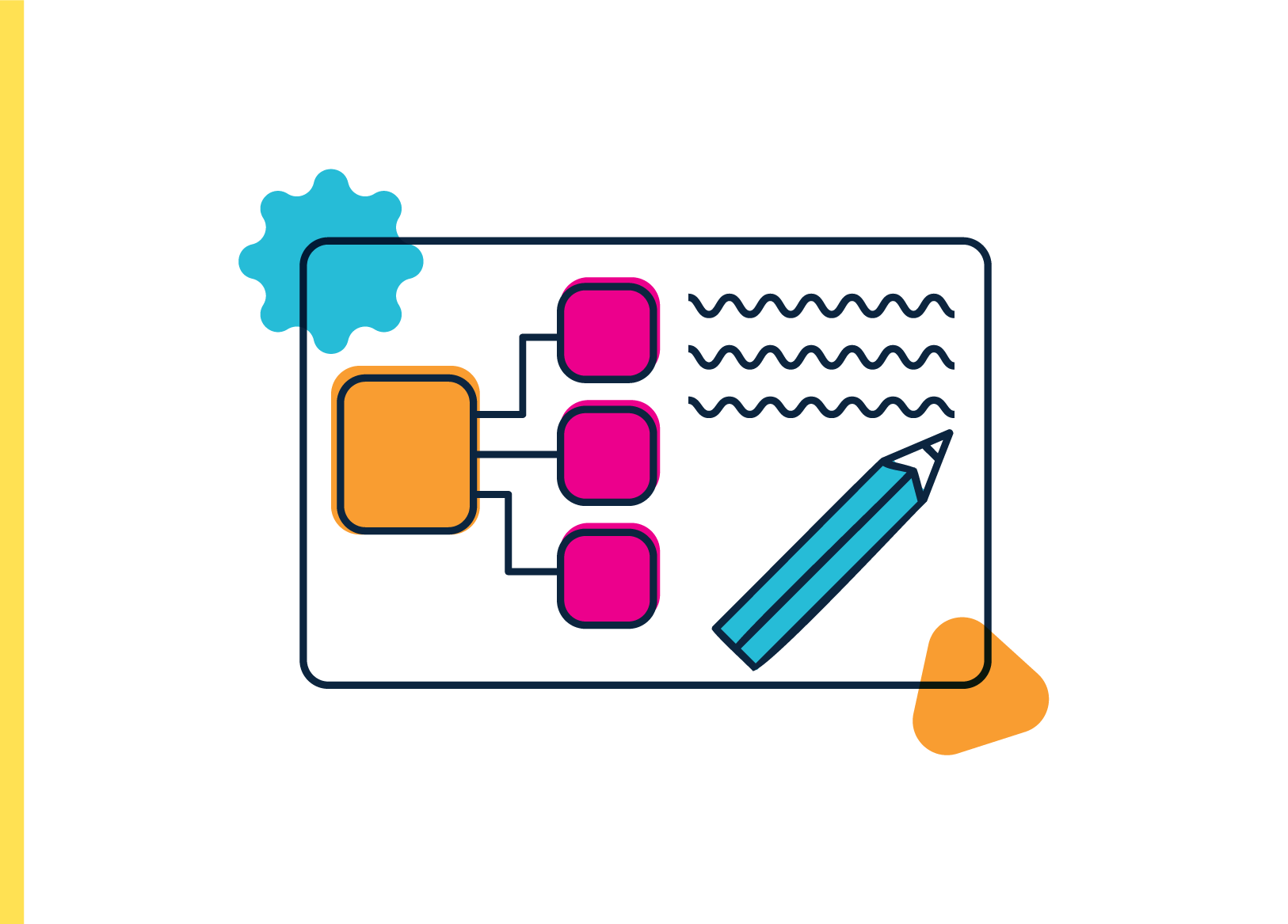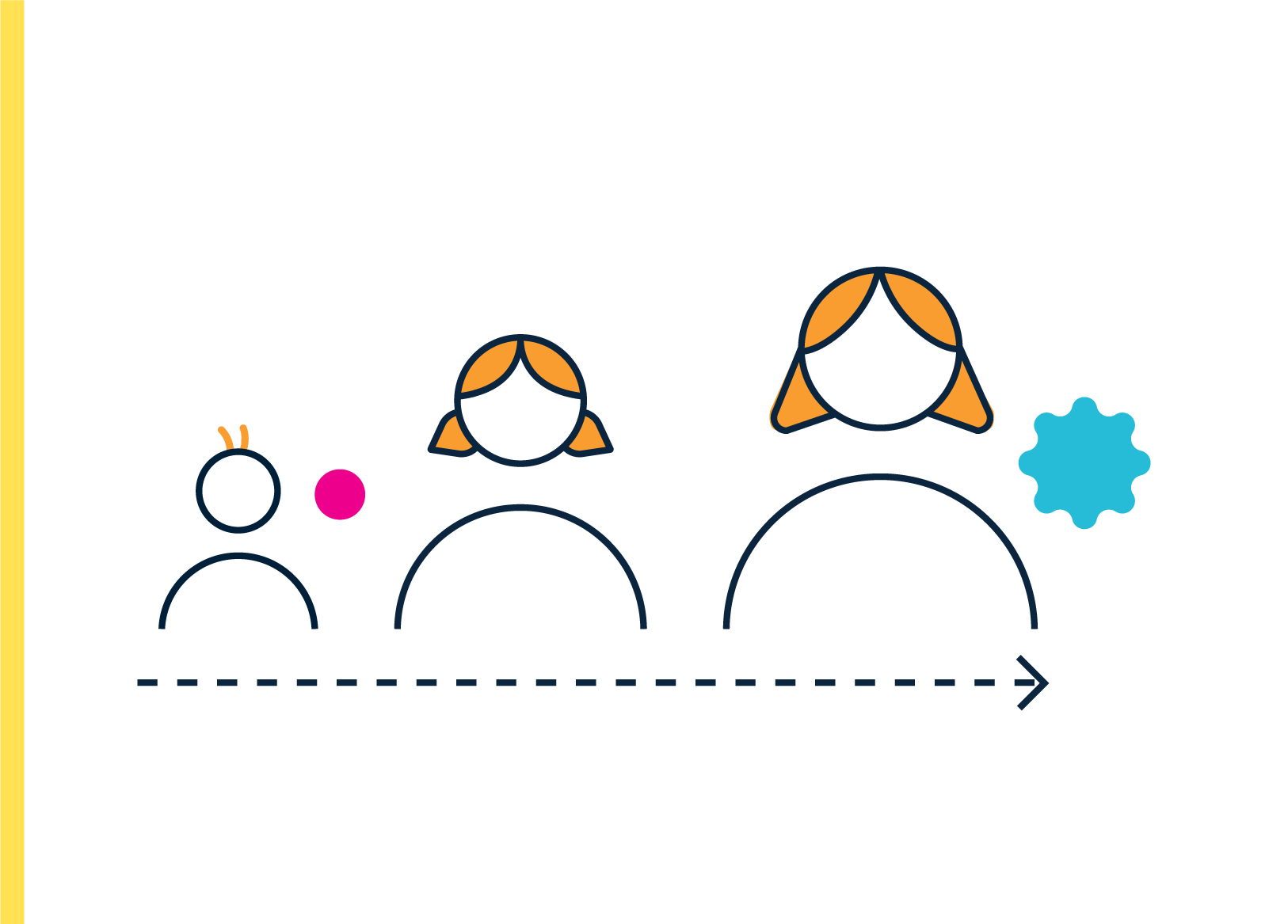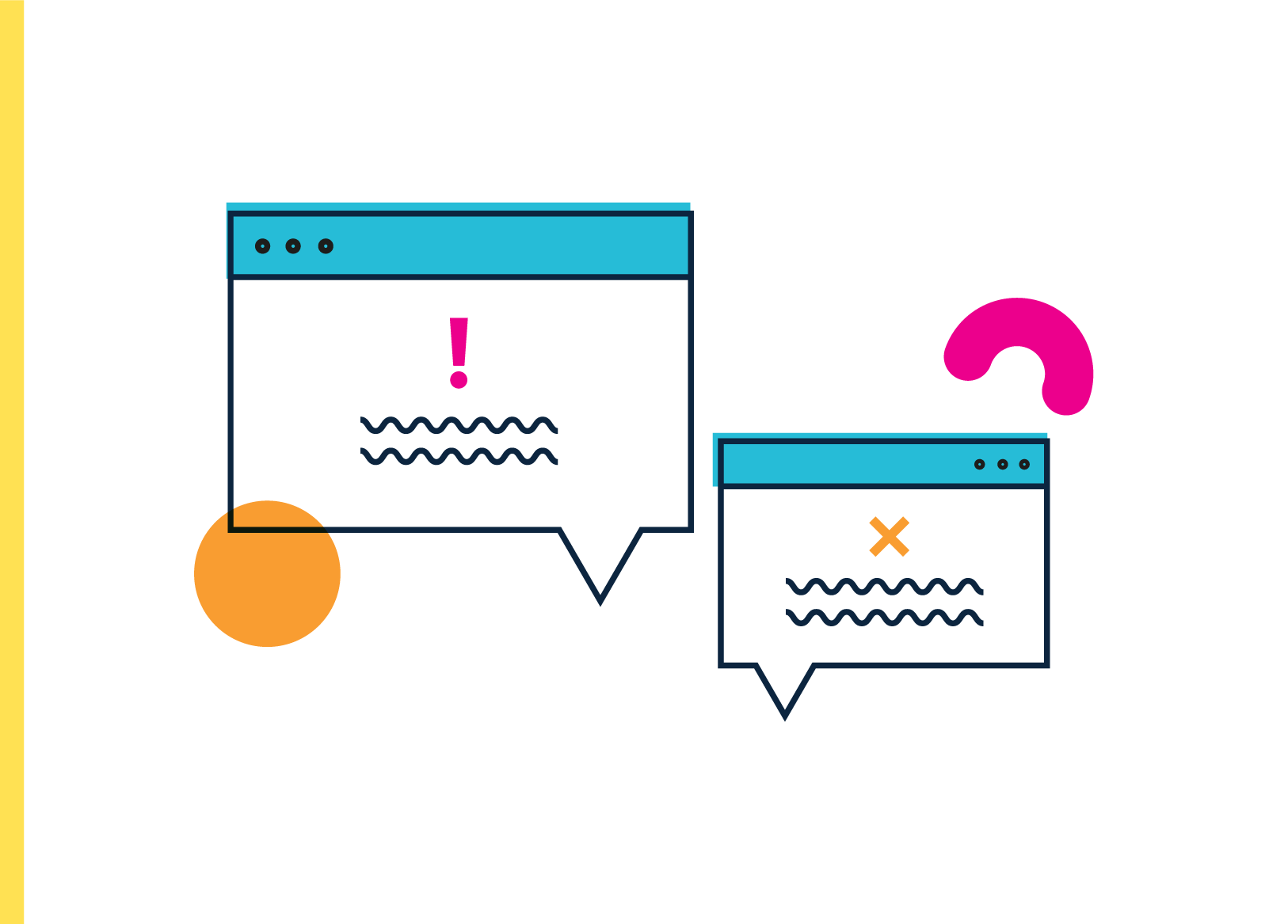The Children’s code design guidance
The Children’s code is a code of practice that sets out how online services, likely to be accessed by children, should protect them in the digital world.
This design guidance shows how to apply some of the standards in practice, in order to create an open, transparent and safe place for children online.
Its resources focus on transparency, a common challenge for online services and a key standard within the Children’s code. There are resources for other standards on the Children’s code hub.
The YouTube video on this page uses YouTube’s privacy-enhanced mode and may set a cookie on your device. See our cookies page for more information.
Putting it into practice

Getting started
This section outlines ways to understand and introduce the Children’s code standards into your practice.

Bring children's views into the design process
This section outlines the importance of involving children in the design process so that your service meets their needs and has their best interests at heart.

Meet children’s needs as they change over time
This section outlines how to design privacy information that meets children’s needs as they grow and develop.

Find the best moments to engage children with privacy information
This section outlines how to find the right time to engage children with privacy information and understand what happens to their personal data.

Design for meaningful parent-child conversations
This section outlines how to design interactions for parents and carers to help children navigate the digital world and make informed choices.

Protect children’s privacy by default
This section outlines how to design privacy settings for children so they offer the highest protection by default.

Practical tools for your organisation
Resources to apply the code in design practice.